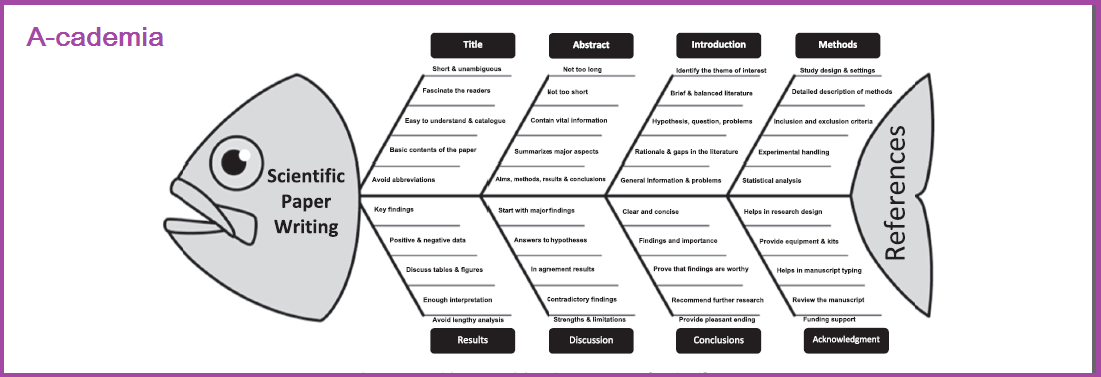Writing and publishing a scientific paper
in academic journals is a highly competitive, time-consuming stepwise
process. The road to scientific writing and publication is rarely
straightforward. Scientific writing has uniform format, which is
perplexing for the novice science writers due to its inflexible anatomy
(structure) and physiology (functions).
Many obstacles are allied with the scientific writing path which can be minimized by applying some simple guidelines and practices. The scientific papers have an almost similar format but, original articles are divided into distinct sections and each segment contains a specific type of information.
The basic anatomy of scientific papers is mainly comprised of the structure of the various components of a scientific paper, including title, abstract, introduction, methods, results, discussion, conclusion, acknowledgments and references. However, the physiology of a scientific paper is difficult to understand. Early career researchers and trainees may be less familiar with the various components of scientific papers. In this study, we applied an observational approach to describe the essential steps to facilitate the readers and writers to understand the basic characteristics, anatomy and physiology of writing the various sections of a scientific paper for an academic science journal.
Keywords: Paper structure, writing tips; Publication process; Scientific paper writing.
Read article here or download PDF file in the link below
source: DOI: 10.1016/j.sjbs.2018.01.004






Post A Comment:
0 comments: